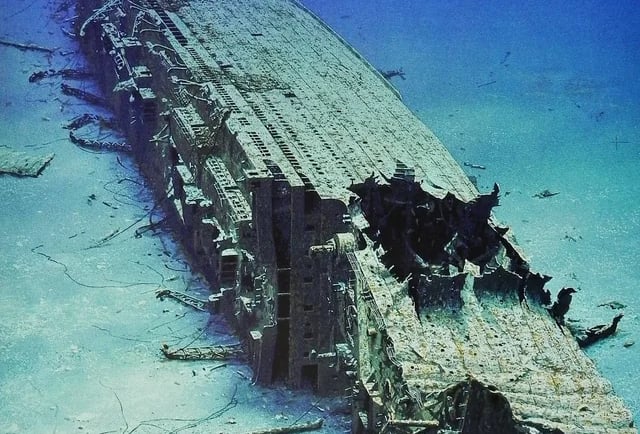The Britannic Ship: A Potential Underwater Museum


Introduction to the Britannic Ship
The Britannic ship, a majestic vessel that once roamed the seas, holds the title of the largest intact passenger ship currently resting on the ocean floor. Its tragic sinking by a mine in 1916 in the Aegean Sea marked a pivotal moment in maritime history. Today, the prospects of transforming this sunken giant into an underwater museum captivate historians, marine biologists, and diving enthusiasts alike.
The Historical Significance of the Britannic
Launched in 1914, the Britannic was the sister ship of the ill-fated RMS Titanic. With a length of over 900 feet and a capacity to carry thousands of passengers, it symbolized the pinnacle of early 20th-century maritime engineering. However, its service was cut short during World War I when it struck a mine near Kea, sinking within an hour. This incident not only represents a significant loss of life but also serves as a reminder of the war's impact on civilian maritime travel.
Transforming Tragedy into Future Education
In recent years, there has been a growing interest in the potential of the Britannic wreck to serve as an underwater museum. Unlike typical museums, this immersive experience would allow visitors to witness history firsthand while respecting the marine ecosystem. As divers explore the wreck, they would gain insight into its construction, the events leading to its sinking, and the technologies of its time.
Creating an underwater museum at the Britannic site would not only raise awareness about its historical importance but also promote conservation efforts. Educational programs tailored for divers and marine researchers could enhance understanding of the ship's impact on maritime law and safety regulations post-sinking.
Challenges and Considerations
While the idea of an underwater museum is promising, there are several challenges to consider. First, the preservation of the wreck is paramount. Any exploration and interaction must be conducted with the utmost care to prevent further deterioration of the structure. Additionally, ensuring the safety of divers is crucial, as the site is not only vast but also located in a complex marine environment.
Moreover, international cooperation is required to manage the wreck site effectively. As the Britannic lies in international waters, legislation surrounding marine heritage protection must be considered. Engaging local governments, historians, and conservationists will be essential in developing sustainable guidelines for visitation and education.
Conclusion
The Britannic ship stands as more than a mere relic of maritime history; it embodies stories of ambition, tragedy, and resilience. The vision of transforming it into an underwater museum represents an opportunity to honor its legacy while educating future generations about the maritime past. As interest in underwater exploration grows, it is essential to explore innovative methods to preserve and appreciate our heritage in a way that respects both the ship and the oceanic environment in which it rests.
